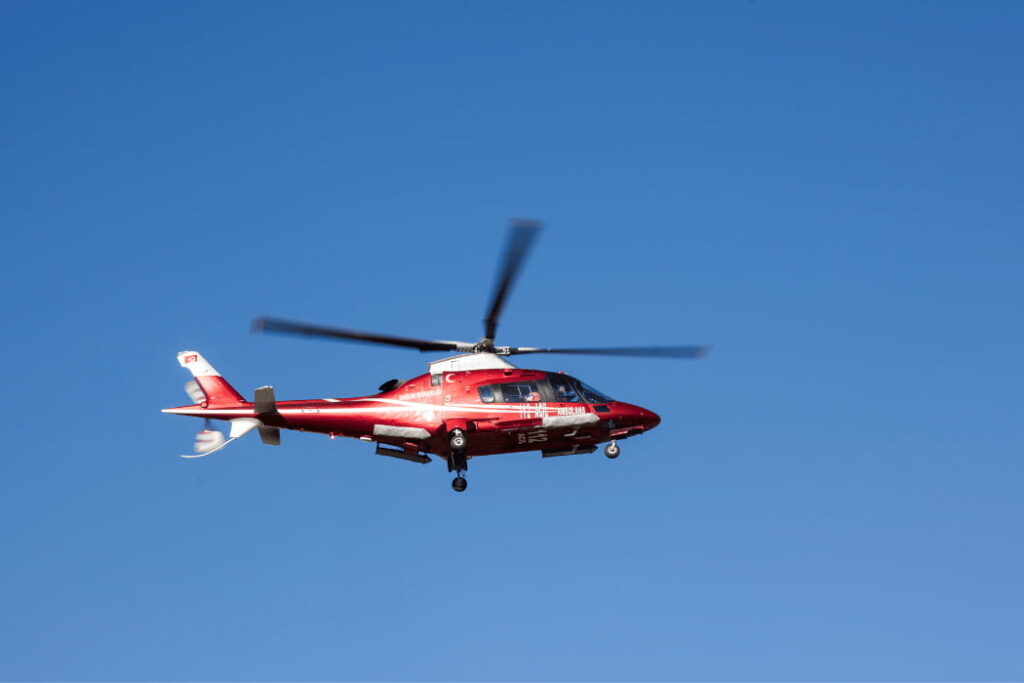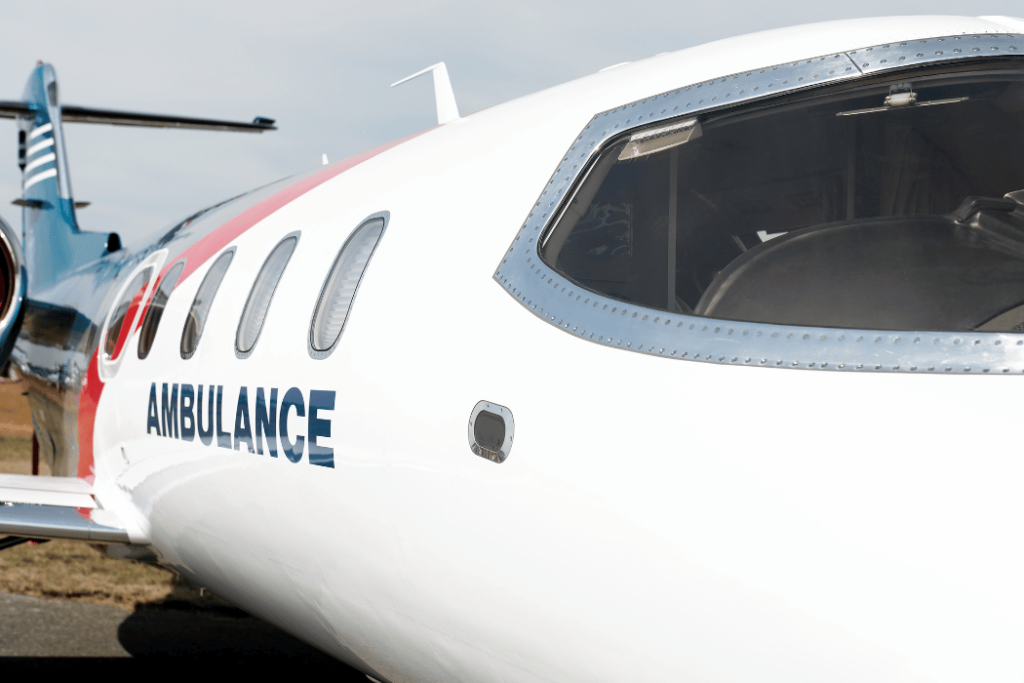When a medical emergency strikes, every second counts. Access to timely and specialized medical care can often be the difference between life and death. In situations where conventional ambulance services are unable to reach or provide the necessary care, air ambulance services play a crucial role. These specialized aircraft are equipped to provide rapid response and transportation for critically ill or injured patients, often over long distances or to remote locations. In this article, we will explore the world of air ambulances, their benefits, how they operate, and the challenges they face.

What is an Air Ambulance?
An air ambulance is a specially equipped aircraft used to transport patients in need of urgent medical attention. These aircraft are staffed by highly trained medical professionals, including doctors, nurses, and paramedics, who are equipped to provide advanced medical care en route to the hospital. Air ambulances can be helicopters or fixed-wing aircraft, with each type offering specific advantages depending on the situation.
Types of Air Ambulances
Helicopter Air Ambulances
Helicopter air ambulances, also known as medevac helicopters, are often used for short-distance transport, such as from the scene of an accident to the nearest hospital. These helicopters are equipped with medical equipment, including ventilators, defibrillators, and monitoring devices, to stabilize patients during transport.
Fixed-Wing Air Ambulances
Fixed-wing air ambulances are used for longer-distance transport, such as intercity or international transfers. These aircraft are larger than helicopters and can accommodate more medical equipment and personnel. They are equipped with specialized medical equipment and facilities, such as intensive care units, to provide comprehensive care during transport.
Benefits of Air Ambulances
Rapid Response
One of the key benefits of air ambulances is their ability to provide rapid response and transportation. In emergencies where time is of the essence, air ambulances can quickly reach patients and transport them to the nearest appropriate medical facility, saving valuable time and increasing the chances of a positive outcome.
Access to Remote Areas
Air ambulances are essential for providing medical care to patients in remote or inaccessible areas. In regions with rugged terrain or limited road access, air ambulances can reach patients who would otherwise be unreachable by conventional ambulance services.
Specialized Care
Air ambulances are equipped to provide specialized medical care during transport. This includes advanced life support techniques, such as cardiac monitoring, ventilator support, and medication administration, as well as access to specialized medical equipment and facilities.
Long-Distance Transport
Air ambulances are also used for long-distance transport, such as transferring patients between hospitals or repatriating patients from abroad. These aircraft are equipped to provide comfort and stability during long flights, ensuring the safety and well-being of the patient throughout the journey.
How Air Ambulances Operate
Dispatch and Coordination
Air ambulance services are typically coordinated through a central dispatch center, which receives requests for transport from medical facilities or emergency services. The dispatch center assesses the nature of the request and coordinates the dispatch of the nearest available air ambulance.
Medical Team and Equipment
Each air ambulance is staffed by a specialized medical team, including doctors, nurses, and paramedics, who are trained to provide advanced medical care during transport. The aircraft is equipped with a range of medical equipment, including ventilators, defibrillators, and monitoring devices, to ensure the stability and comfort of the patient.
Navigation and Communication
Air ambulances rely on advanced navigation systems and communication equipment to ensure safe and efficient transport. Pilots are trained to navigate challenging terrain and adverse weather conditions, while medical teams maintain communication with the dispatch center and receiving medical facility throughout the journey.
Challenges Faced by Air Ambulances
Weather Conditions
Weather conditions can significantly impact the operations of air ambulances. Adverse weather, such as fog, heavy rain, or high winds, can limit visibility and affect the safety of flights. Air ambulance services must carefully monitor weather conditions and make decisions based on safety considerations.
Regulatory Compliance
Air ambulance services are subject to stringent regulatory requirements to ensure the safety of patients and medical staff. These regulations cover aircraft maintenance, pilot training, medical equipment standards, and operational procedures. Compliance with these regulations is essential but can be challenging and costly for air ambulance operators.
Cost and Accessibility
Access to air ambulance services can be limited by cost, as these services can be expensive, especially for patients without insurance coverage. In some regions, there may also be limited availability of air ambulance services, particularly in remote or underserved areas. This can pose challenges for patients in need of urgent medical care.
Coordination and Integration
Effective coordination and integration of air ambulance services with existing emergency medical services are essential for ensuring timely and efficient response to emergencies. This includes seamless communication and collaboration between dispatch centers, medical facilities, and emergency services to ensure the best possible outcome for patients.
Conclusion
Air ambulances play a vital role in providing rapid and specialized medical care to patients in need. These specialized aircraft offer rapid response, access to remote areas, and specialized care, making them essential in emergency medical services. However, air ambulance services also face challenges, including weather conditions, regulatory compliance, cost, and accessibility. Despite these challenges, air ambulances continue to be a critical component of the healthcare system, saving lives and providing essential medical care when it matters most.


